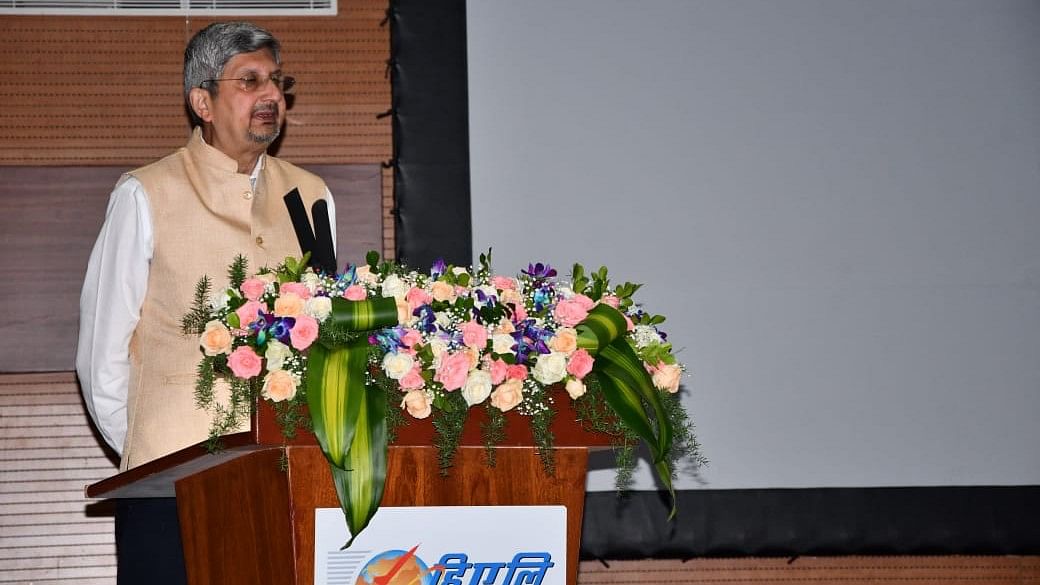
Samir V Kamat, Chairman of the Defence Research and Development Organisation (DRDO).
Credit: Ministry of Defence
Bengaluru: India’s defence research establishment is poised for a proactive shift in its approach to high-risk projects, Samir V Kamat, Chairman of the Defence Research and Development Organisation (DRDO), said here on Saturday.
Delivering the Air Chief Marshal L M Katre Memorial Lecture, Kamat said the approach marked a departure from a culture of risk aversion and intolerance for failure. Failures invariably set off CAG reports on losses caused to the government and questions about accountability. “That makes people take up less challenging projects; to avoid failure, they take up something more incremental. This has to change because you learn a lot more from your failures than your successes,” Kamat said.
Defence Minister Rajnath Singh has given a “leeway”, with R&D teams provided a platform to discuss the levels of risk involved when projects are being conceptualised, Kamat said.
Calling it a change for good, the DRDO chief said the shift was critical to India’s ambitions to be among the global technology leaders.
Kamat pointed to low private sector investment in research and called for increased participation of the industry and PSUs in the R&D space. India’s R&D spend (0.65 per cent of the GDP) is significantly lower than the US’ (2.83 per cent) and China’s (2.14 per cent). India is trying to address these gaps and is aiming to increase this share to 1 per cent in the next four to five years, and 2 per cent by 2035.
The country’s defence R&D budget stands at $ 76.6 billion while the US’ and China’s budgets are $773 billion and $ 225 billion, respectively.
During the lecture titled Defence R&D: The Road Ahead, organised by the Air Force Association, Kamat highlighted proposed and under-development projects including an indigenously developed conventional submarine, a light tank that is undergoing development trials, long-range hypersonic glide and cruise missiles and the Advanced Medium Combat Aircraft (AMCA) which is scheduled for a prototype by 2028 and production by 2034.